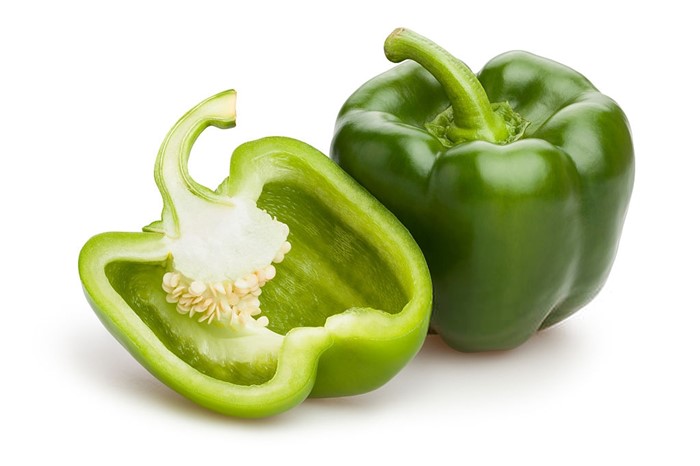Deciphering the enigma of pirazinas in wine
Grapes and green peppers, the intriguing connection

In the vast world of wine, there are terms that evoke wonder, perhaps even confusion. One such term is 'pirazinas'. Often heard in the context of red wines, this word might seem, to the uninitiated, to refer to some mysterious chemical component, possibly of dubious origin. However, in essence, it's merely an aromatic descriptor, and intriguingly, one of the simplest to identify.
Pirazinas are responsible for a distinct aroma reminiscent of green bell peppers. It's this very scent that wine enthusiasts frequently encounter when savoring certain varieties of red wines. While some might feel that the usage of such a term is purely for the sake of sounding erudite, in the wine industry, this descriptor is far from mere jargon—it's an accurate representation of a specific aromatic profile.

The Varied Presence in Wine Varieties
There are certain grape varieties where the presence of pirazinas is more pronounced than in others. Notably, Cabernet Sauvignon and Cabernet Franc are at the forefront when it comes to bearing this signature scent. Carmenere grapes also contain it, and although to a lesser extent, Merlot makes the list. It's important to note that there are even white grape varieties, such as Sauvignon Blanc, that possess this distinctive aroma.
The natural occurrence of pirazinas is within the grape cluster, and its concentration tends to diminish as the grape matures. To illustrate, if one were to harvest a Cabernet Franc grape before its natural maturation (that is, when the berry ceases sugar production), the resulting wine would likely have a stronger green pepper aroma than is usual.
The Balancing Act: Too Much of a Good Thing?
However, this unique aromatic profile is a double-edged sword. If not managed appropriately or if a specific concentration is not diligently sought, the wine could end up having an excessively herbaceous character. Generally, an overtly herbaceous note is not a trait welcomed by the average consumer. Hence, while pirazinas impart a signature aroma, they need to be balanced to ensure that the wine remains palatable.
Factors Influencing Pirazina Concentrations
Several factors can impact the pirazina content in wine. One primary factor is the maturation temperature of the plant. A higher temperature corresponds to a lower concentration of pirazinas. Additionally, certain processes undertaken during fermentation, the specific method of wine production, and even the aging process in the bottle can play a role in determining the final pirazina profile of the wine.
Moreover, it's not just the nose that can detect pirazinas. They can also influence the palate, imparting a herbaceous character to the wine, thereby influencing both its aroma and taste.
In conclusion, while the term 'pirazinas' might sound esoteric to some, it holds significant importance in the wine industry, especially in the context of red wines. By understanding its influence and nuances, wine producers can harness its character to create wines that resonate with both connoisseurs and casual wine drinkers alike.
Founded in 2007, Vinetur® is a registered trademark of VGSC S.L. with a long history in the wine industry.
VGSC, S.L. with VAT number B70255591 is a spanish company legally registered in the Commercial Register of the city of Santiago de Compostela, with registration number: Bulletin 181, Reference 356049 in Volume 13, Page 107, Section 6, Sheet 45028, Entry 2.
Email: [email protected]
Headquarters and offices located in Vilagarcia de Arousa, Spain.